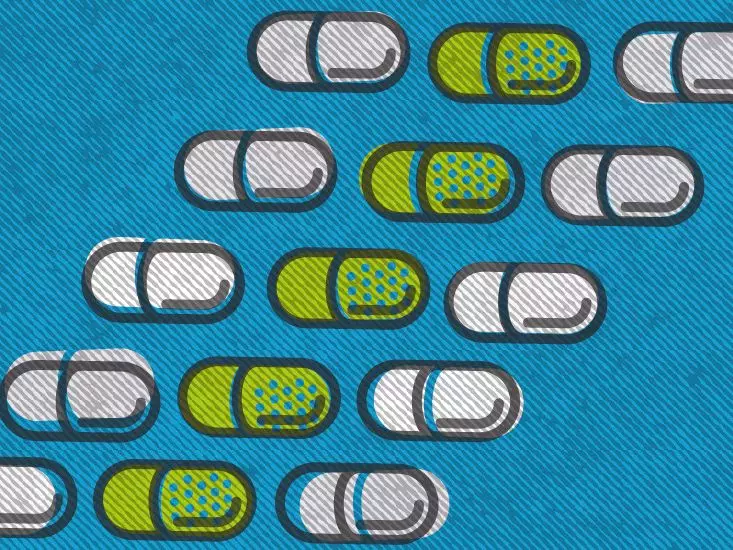Cymbalta, known generically as duloxetine, is a medication commonly prescribed for various mental health and pain-related conditions. This article will dissect the costs associated with Cymbalta, look into the differences between branded and generic forms, and explore financial assistance options available to those who may struggle with its price.
Factors Influencing Cymbalta Costs
The price of Cymbalta can be perplexing for many patients, as it can fluctuate based on several variables. Key factors include the choice of pharmacy, the specific treatment plan, the type of insurance coverage, and whether the medication qualifies for savings programs.
When considering the cost of Cymbalta, one should be proactive in understanding their treatment plan, as different dosages and supply lengths (like 30-day versus 90-day prescriptions) can also impact overall costs. It’s advisable to have open discussions with healthcare providers, pharmacists, or insurance representatives to clarify individual circumstances and derive the most accurate cost estimation possible.
Cymbalta is often available as a generic drug, duloxetine, which shares the same active ingredients as its branded counterpart. The existence of generic medications generally provides a more financially accessible option for many patients. One primary reason generics tend to be cheaper is the lack of major research and development costs that are typically associated with brand-name drugs, which are under patent protection for up to two decades.
When contemplating whether to opt for the brand-name or the generic version, it’s essential to consult with medical professionals. Sometimes, patients may have preferences based on effectiveness or side effects; hence, communication with a healthcare provider can determine which option best suits the individual’s needs.
Long-Term Cost Reduction Strategies
For patients who require long-term Cymbalta use, employing certain strategies can lead to significant savings. One such method is obtaining a 90-day supply of the medication, as this may not only minimize the frequency of pharmacy visits but could also reduce the monthly cost of the treatment. Health insurance providers can confirm whether this option is feasible, potentially leading to financial benefits.
Another avenue worth exploring is the use of mail-order pharmacies. These services can deliver the medication directly to the patient’s home, often providing lower costs compared to traditional pharmacies, especially for those covered by Medicare plans that accommodate mail-order prescriptions.
Financial Assistance and Support Programs
For uninsured patients or those experiencing difficulty affording their prescriptions, various financial aid programs may be available. Organizations like the Lilly Cares Foundation assist individuals needing help to cover the costs of various medications, including Cymbalta. Their application process incorporates eligibility criteria which interested parties can review by visiting their official website or contacting them directly.
Additionally, websites dedicated to providing information about pharmaceutical assistance programs can be invaluable. These platforms often highlight savings strategies, links to savings cards, and other support services, offering multiple methods to mitigate prescription costs.
Insurance coverage can complicate the cost of medications like Cymbalta. The price patients pay might vary greatly based on their specific insurance plan details, coverage level, and potential drug authorization prerequisites. Prior authorization is a procedure where the insurance provider deliberates with the prescribing doctor about the need for the specific medication. If approval is not obtained before commencing treatment, patients risk incurring higher out-of-pocket expenses.
It’s prudent for patients to inquire about their insurance coverage concerning Cymbalta prior to beginning treatment, and consulting with healthcare providers can streamline this process.
Navigating the costs of Cymbalta necessitates an understanding of the multifaceted influences on pricing, the advantages of generic alternatives, potential long-term savings strategies, and available financial support programs. Patients should empower themselves by seeking pertinent information from healthcare providers, insurance representatives, and assistance organizations to alleviate worries regarding medication affordability and access. In doing so, patients can ensure that they receive the necessary treatments while managing their budgets effectively, fostering a holistic approach to their health care journey.

